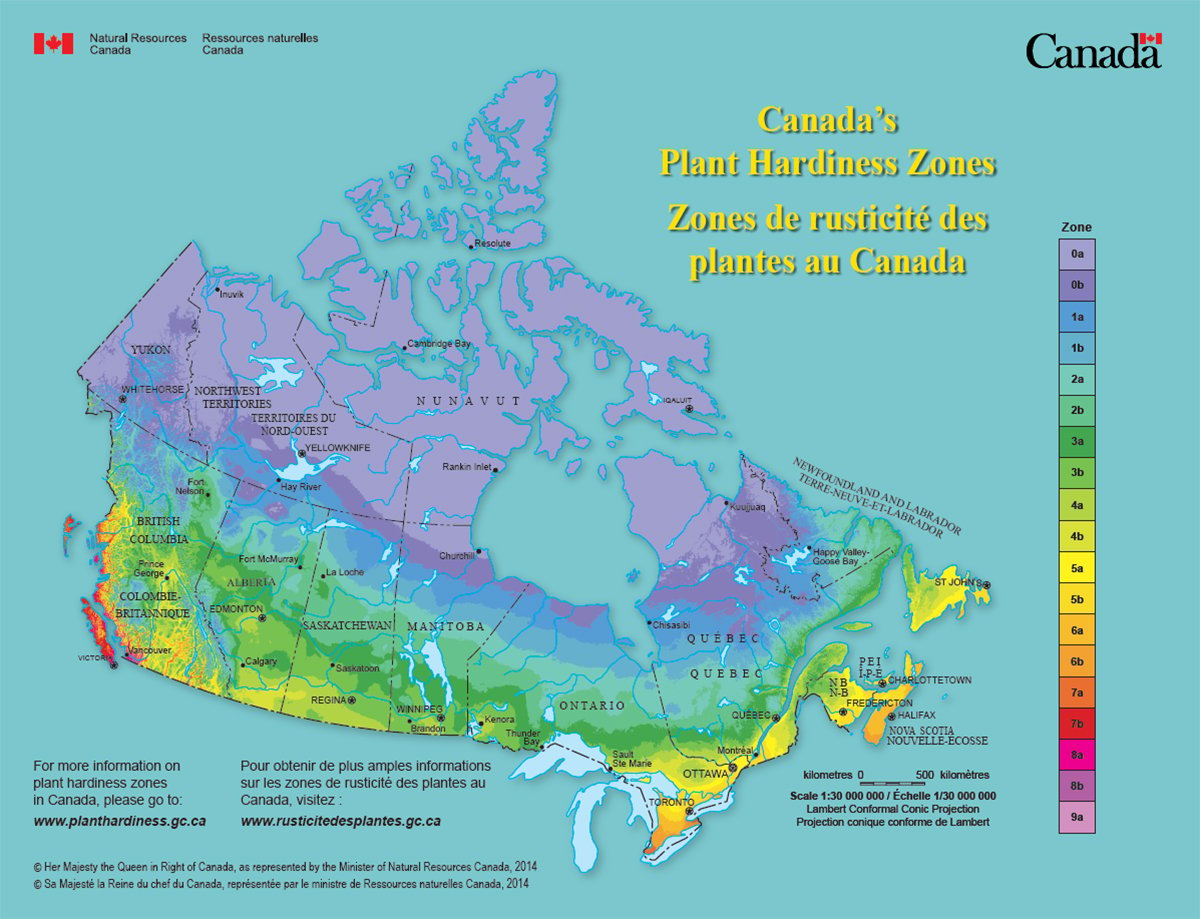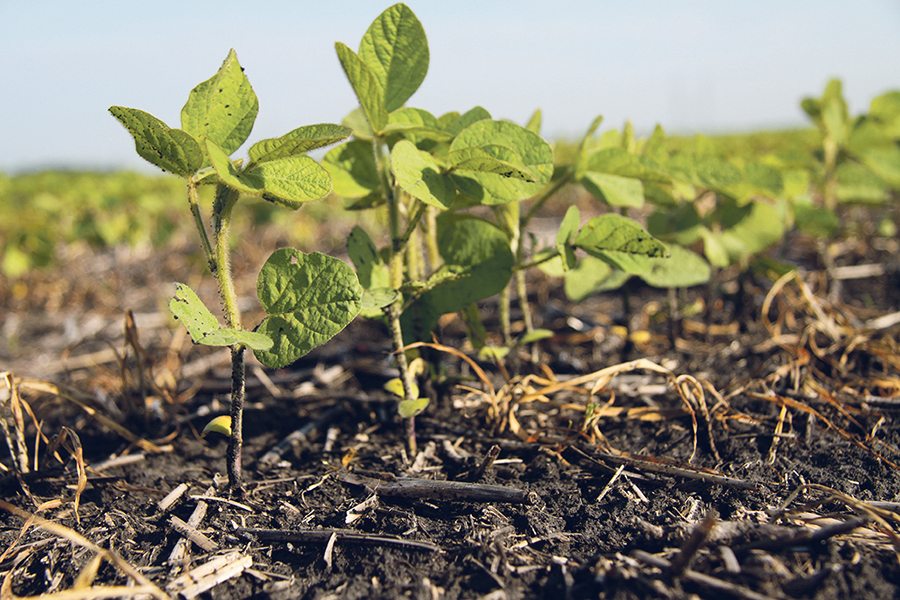Soybean aphids were a major scourge in Manitoba last summer, and for many growers it was their first introduction
ST JEAN BAPTISTE, Man. — Eastern prairie farmers have enjoyed falling in love with soybeans.
But soybeans have brought along some clingy friends that aren’t as easy to like, such as soybean aphids.
“The more soybeans we grow, the more problems we may have with root rots and other pests,” said Dennis Lange, a crop management specialist with Manitoba Agriculture, at St. Jean Farm Days.
Soybean aphids were a major scourge last summer, and for many growers it was their first time tangling with the tiny, but busy bug.
Read Also

Canada’s plant hardiness zones receive update
The latest update to Canada’s plant hardiness zones and plant hardiness maps was released this summer.
Soybeans are expected to soon reach three million seeded acres in Manitoba. In a decade, it has gone from being a tiny acreage curiosity to Manitoba’s second largest crop. It grew on 2.3 million acres in 2017, well ahead of spring wheat’s 2.1 million, but still behind 3.1 million acres for canola.
That meant that many farmers beset by soybean aphids last summer hadn’t seen them before, and weren’t sure how to deal with them.
Lange and Manitoba Agriculture bug specialist John Gavloski briefed Red River Valley farmers on aphid identification and management during the farm show.
There’s math involved: if a plant has more than 250 aphids upon it, and the number is increasing, a farmer should spray, hoping to hit the infestation before it hits the point of economic-to-control damage at 670 bugs.
That’s because aphids can double their population in a couple days, and if it takes a few days to get a crop sprayed after deciding to do it, a lot of damage might occur.
However, a farmer should not spray when bug counts are beneath that threshold, or with a declining infestation, because many natural aphid predators, such as lady bugs, would be killed. Natural predators can break infestations if there are enough of them at the right time.
The aphids are only a concern at certain stages of the soybeans’ life.
There are hundreds of types of aphids in Canada, so farmers need to figure out if they have soybean aphids in their crop. Government agriculture departments have identification guides, as do companies that offer controls.
Farmers might sometimes notice a “honeydew” sheen on their crops when aphids are active.
It’s not such a sweet thing. The aphids suck a lot of sap from the plants they bite.
“They’re constantly excreting out this sugary sap out their back end,” said Gavloski.
Fortunately for western Canadian farmers, soybean aphids shouldn’t be a chronic problem. Their overwintering eggs die at -34 C, and that happens virtually every winter, so only a handful protected by shelter or snow are likely to survive.
Almost all soybean aphids that arrive on the Prairies are blown in from the United States, south of North Dakota and southern Minnesota. The aphids are common there and begin moving by wind.
Some years they make it to Manitoba. Some years they don’t.
Lange said that’s one reason he suggests scouting and spraying rather than paying for treated seed.
“We have not had two consecutive years where we’ve had widespread economic problems,” said Lange.
Since 2001, there have been only four years of bad infestations, two years of “moderate pressure,” and the rest were not a problem.
By his math, if a farmer bought treated seed every year for 1,000 acres he would have spent $112,000, but if he only sprayed when there was a problem it would have cost him $64,000.
Gavloski agreed.
“On average, you’re probably better off just doing scouting and foliar spraying if needed,” said Gavloski.
















